In the past year, there has been a lot of talk about the sustainable development goals and the post-2015 (2030) agenda.
The 2030 agenda aims to take over from the Millennium Development Goals and contains many far-reaching and progressive goals for the betterment of our society.
But what lies behind all of this jargon, and why is it relevant to you?
Here are a few reasons why the SDGs are absolutely relevant and essential to you as a person who cares about human rights, social justice and equality.
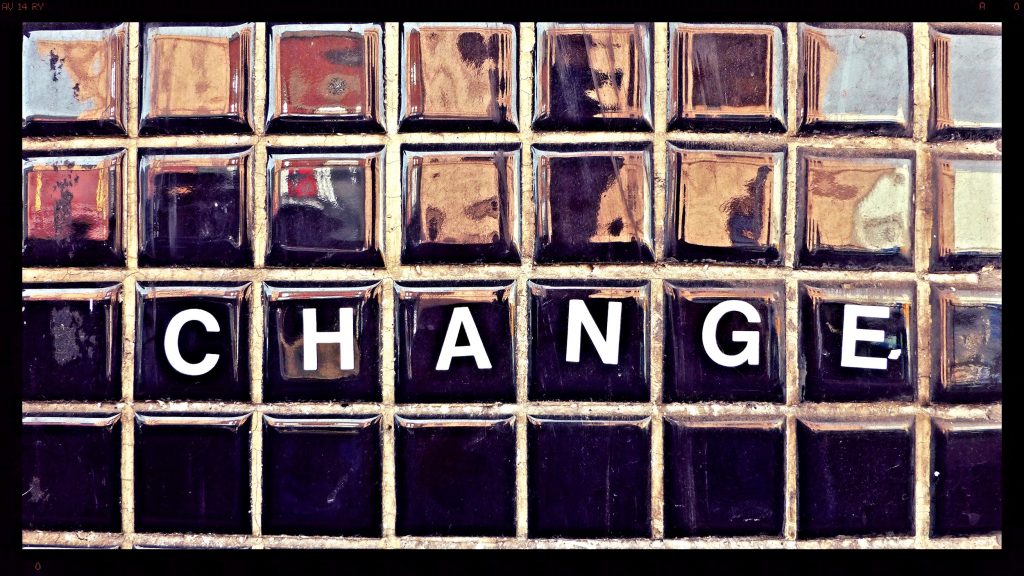
1.The Sustainable Development Goals – what are they?
The SDGs are made up of 17 Goals and 169 Targets, to be reached by 2030 with the commitment of UN Member States.
They are part of the 2030 Agenda for Sustainable Development which was adopted by UN Member States in 2015, and their success is to be measured by the 232 Indicators developed by the UN Inter-Agency and Expert Group in March 2016.
2. What is the aim of the SDGs?
The SDGs span the fields of social, economic, and environmental sustainable development, while the Millennium Development Goals (MDGs) focused only on social issues.[1]
The SDGs will also be applied in all countries rather than just in developing countries, which was the case for the MDGs.
3. How do the SDGs relate to SRHR?
The two most important SDGs goals for an SRHR advocate are Goals 3 and 5, which focus on health and gender equality respectively.
Take a look at these advocacy entry-points:
Goal 3, Target 3.7 ‘ensure universal access to sexual and reproductive health care services, including for family planning, information and education, and the integration of reproductive health into national strategies and programs.’[2]
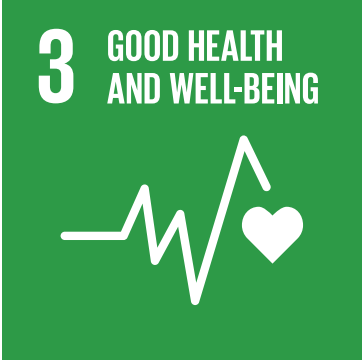
Goal 5, Target 5.6 ‘ensure universal access to sexual and reproductive health and reproductive rights as agreed in accordance with the Programme of Action of the ICPD and the Beijing Platform for Action and the outcome documents of their review conferences.’[3]
4. Are there any other targets that are relevant to my work in SRHR?
There are many other SDGs targets that might be used in SRHR advocacy, for example, there are Targets to end harmful practices such as :
violence against women and girls, (Target 5.2)
child, early and forced marriage, (Target 5.3)
the HIV epidemic (Target 3.3)
and maternal mortality, (Target 3.1)[4]
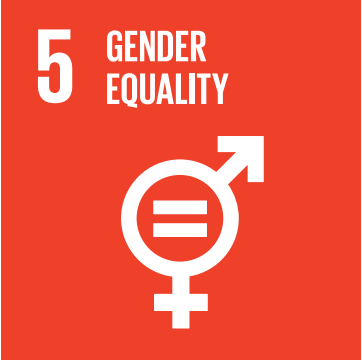
In fact, many of the goals and targets relate directly and indirectly to SRHR, which demonstrates growing recognition for the fact that SRHR is one of the foundations of sustainable development.
Goals 4 and 8 on education and sustainable economic development also contain important entry-points for advocates working on gender equality, and Goal 16 on peace, justice and strong institutions can be an important entry point for youth advocacy.[5]
5. Is there crossover between the SDGs and other human rights conventions and agreements?
The targets relating to SRHR that are enshrined in the SDGs crossover with many other important international commitments and partnerships that will be useful to reference in your advocacy.
These include:
Family Planning 2020 – This is an international partnership that focuses on contraception access.
International Human Rights Treaties (such as the Convention on the Elimination of Discrimination against Women, for example), and the Treaty Body Reviews of these conventions or the Universal Periodic Reviews of your country.
Every Woman, Every Child – Global Strategy for Women’s Children’s and Adolescents’ Health 2.0 – This is a global strategy intended to mobilise national and international actors on civil, corporate and governmental levels in order to establish better health standards for women, children and adolescents.
6. How have the SDGs been measured so far?
In Europe, the SDGs have been measured by the UN Economic Commission for Europe (UNECE) through the process of a regional survey in 2016. (However, the European Commission has stated that it will take over this responsibility from the UNECE). In Central Asia.
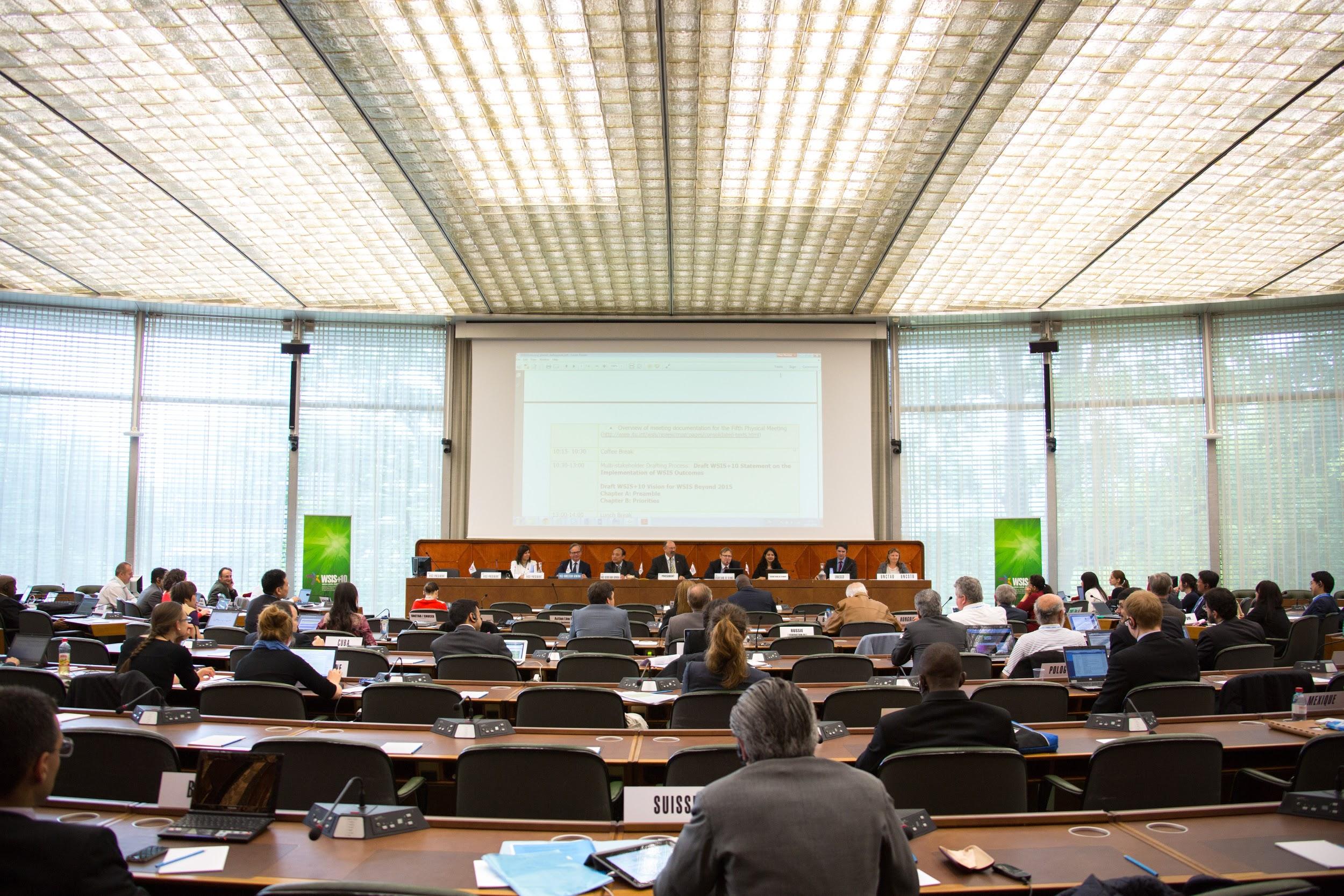
7. What are some concrete steps you might take to use the SDGs in your SRHR advocacy?[6]
The goals and targets enshrined in the 2030 Agenda and its relating agreements give us a lot to work with. But these need to be translated into definitive action so that the goals will look as good in real life as they do on paper! Here are some steps you might take to turn the SDGs into reality:
1. Research National Policies – Make sure the SDG goals have been translated into national policies / programmes and budgets in your country.
2. Research Accountability Mechanisms– make sure that there is an accountability mechanism in your country so that the government will report on their progress in implementing these goals once they have been included in national programmes and budgets. Use the SDG indicators for guidance!
3. Raise Awareness – Consider how you might raise awareness about the SDGs, whether that be through partnership with other NGOs, awareness raising, or by advocating for the government to launch a public campaign on the SDGs.
4. Reach out – Reach out to politicians / government officials / political advisors and arrange meetings to discuss the specific targets that you are working on and in doing so, put pressure on the government to achieve these targets.
5. Participate – Participate in national consultation meetings related to the issue that you are working on. (For example, if there is a national consultation meeting for the drafting of say, a new national women’s strategy you might bring up SRHR with specific reference to a particular SDG target).
If there is no national consultation meetings or public hearings – this might be something that you advocate for by reaching out to decision makers within the government.
8. Data
The SDG indicators cannot be measured unless the relevant data is collected, and this data should be disaggregated according to say, age, gender or income. Ensuring that this data is collected is an important step in making sure the SDGs are achieved.
9. Show me the money…
The SDGs will need political and financial support from governments in order to succeed. In your advocacy, make sure you address the financial measures being taken by your government to ensure that the SDG goals will be achieved. If your government is transparent, this should be clear from the national budget.
10. No Transparency?
If it is the case that your government is not transparent or that they do not hold consultations or respond to emails – then awareness raising and campaigns might be the best route to go down as you can then rally people to your cause.
Never underestimate the power of grassroots mobilisation and partnership.
11. Things to look out for:
As with other international agreements, the goals of the SDGs are not binding, and given that UN Member States are not obliged to submit their progress for review, follow-up can be difficult.
The voluntary nature of the review process might also lead to cherry-picking, where countries will choose the goals that are most suited to their agenda at the expense of other goals. SRHR can often be sidelined in this way.
Pitfalls such as these pose obstacles to the success of the 2030 Agenda, but that is why advocacy on the SDGs in so important.
The best thing we can do is keep the pressure on and increase public engagement.
Research, Mobilise, Advocate!
To find out more check out the handy fact files and toolkits that were used in the development of this article !
- Sustainable Development Goals: A SRHR CSO Guide for National Implementation – a really useful resource developed by IPPF
- Sustainable Development 2015 Advocacy Toolkit – An interactive mini site that will provide you with eight steps and an action plan to create your own advocacy strategy for sustainable development.
- The UN Global Sustainable Development Goal Indicators List
- The UN Global Database of the SDG Indicators
- The Inaugural Report on the Global Sustainable Development Goals (2016)
- All of the advocacy tools and resources developed by ACT!2030 are extremely useful when it comes to developing an advocacy strategy. This page contains resources on awareness raising, communication and advocacy, as well as a helpful glossary full of important SRHR terms. Click here to check it out!
Make sure to assess what actions are being taken by the NGOs in your country, or within your youth networks to advocate for the SDGs.
Alternatively, you might see how you could get involved with, or learn from, one of the organisations!
[1]World leaders adopt Sustainable Development Goals/United Nations Development Programme
[3]Goal 5: Achieve gender equality and empower all women and girls/United Nations
[4]SDG 3: Ensure healthy lives and promote well-being for all at all ages/UN Women
[5]Sustainable Development Goals/Sustainable Development Knowledge Platform

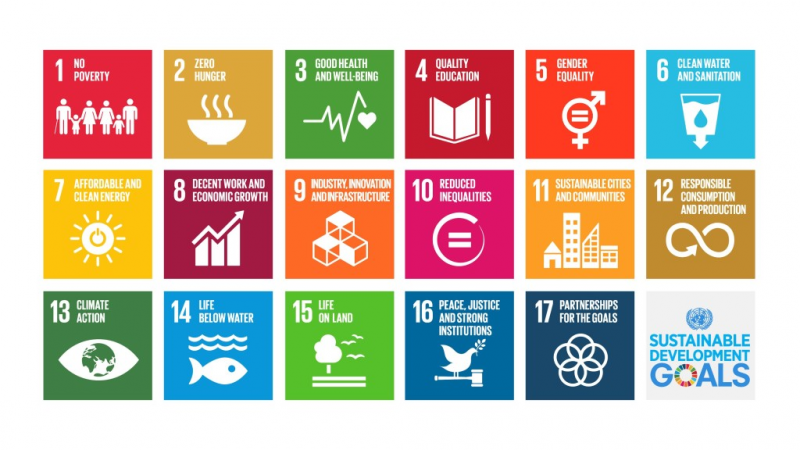
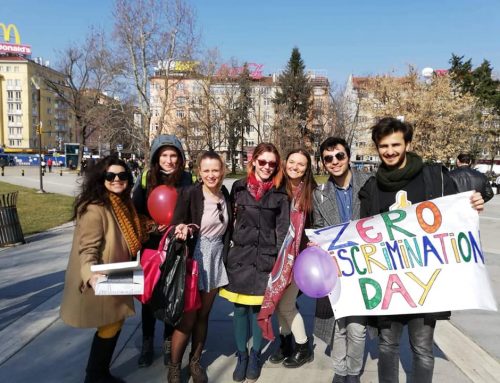


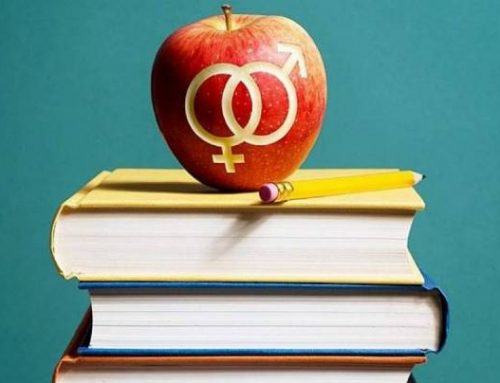


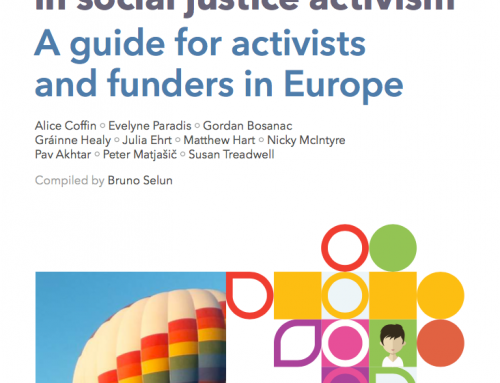

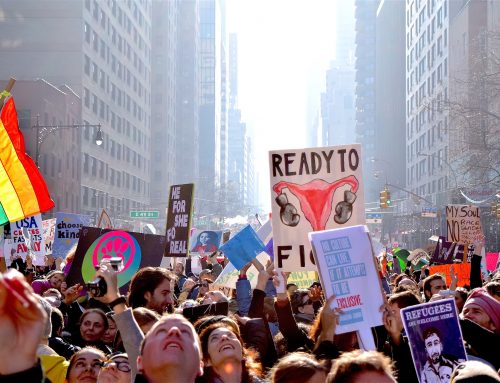
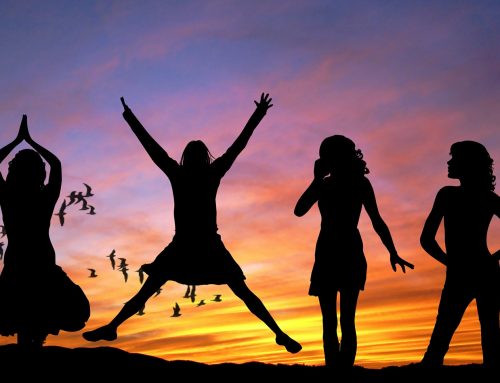
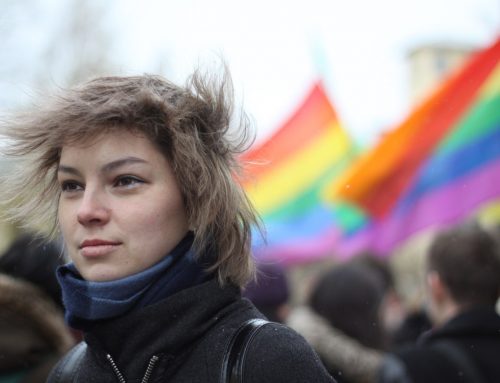

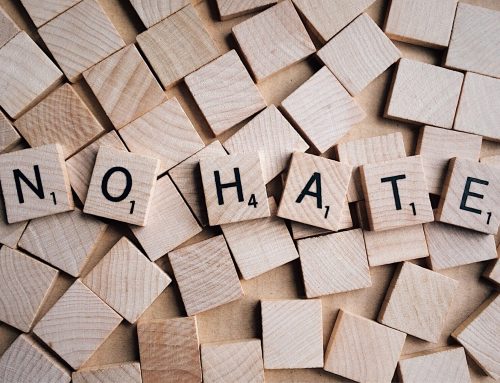


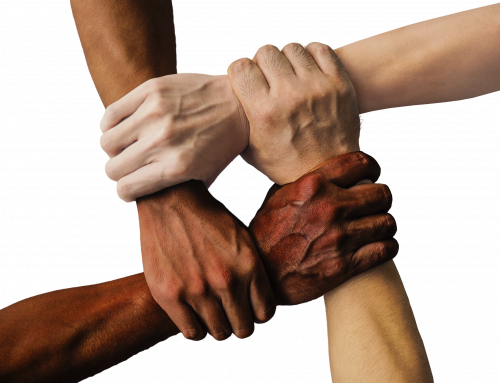

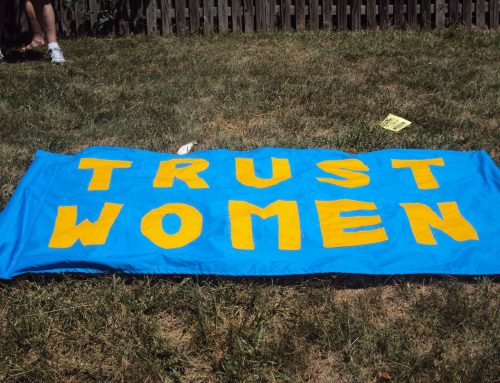
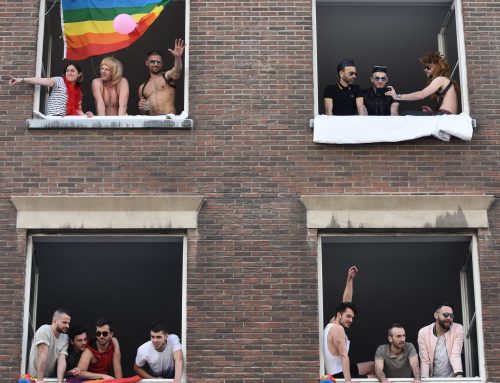
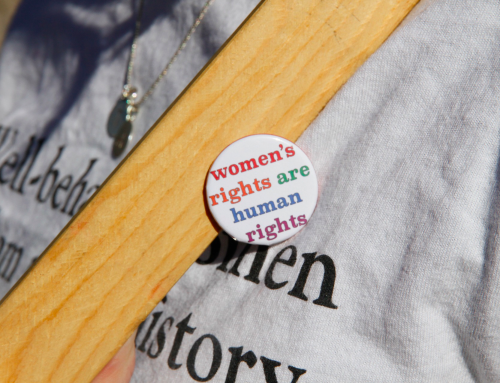
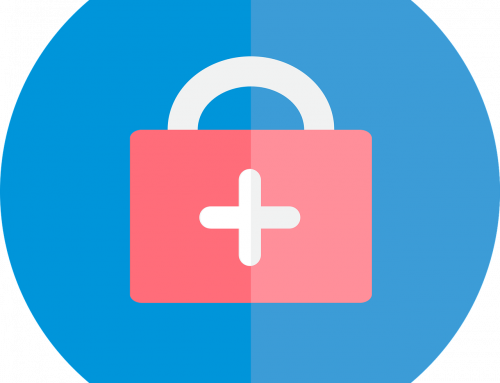
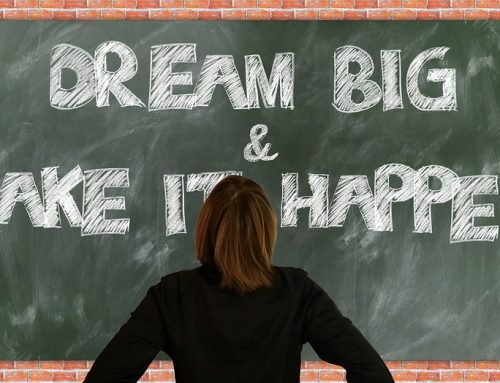

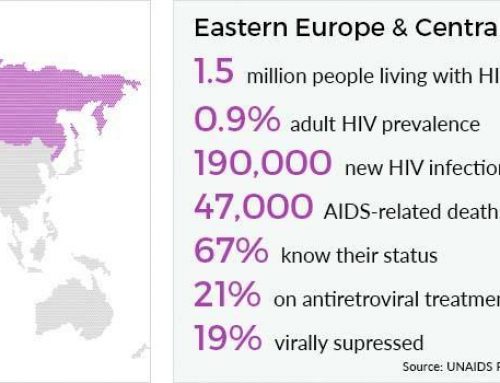
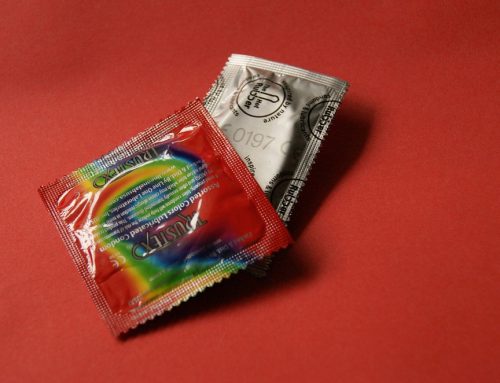

Leave A Comment
You must be logged in to post a comment.